Crafting the perfect jelly is an art, and choosing the right fruits is key. While some fruits create the most delicious, firm jellies, others can lead to disappointing results. In this guide, we’ll explore ten fruits that are best left out of your jelly-making adventures. Avoiding these fruits will ensure that your jellies are consistently delightful and set to perfection. Let’s dive into the specifics.
Avocado

Avocados are creamy and rich, but their high fat content and lack of pectin make them unsuitable for jelly. The jelly tends to be greasy rather than firm. Avocados are better suited for guacamole or salads. Avocado jelly is a novelty that doesn’t quite work due to these texture issues. Have you ever heard of such a jelly? It’s quite uncommon.
Pineapple
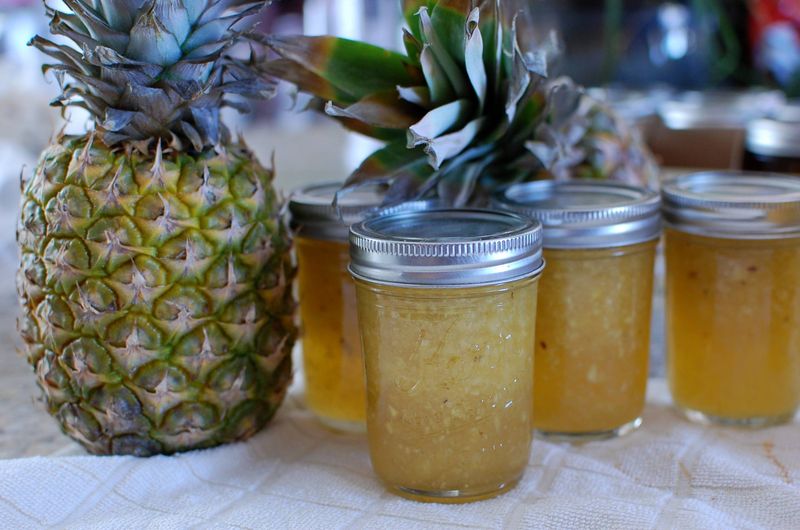
Pineapple, with its unique tropical flair, is often deemed unsuitable for jelly making. Its low pectin content results in a jelly that struggles to set, often remaining runny. Furthermore, the distinct flavor can overshadow other ingredients, leaving little room for subtlety.
Though delightful fresh, pineapple’s fibrous texture poses challenges in achieving that smooth jelly consistency. For those craving the tropical essence, consider blending it with high-pectin fruits to balance the texture.
Pineapple may be a summer favorite, but in the realm of jelly, it’s one best left aside.
Watermelon
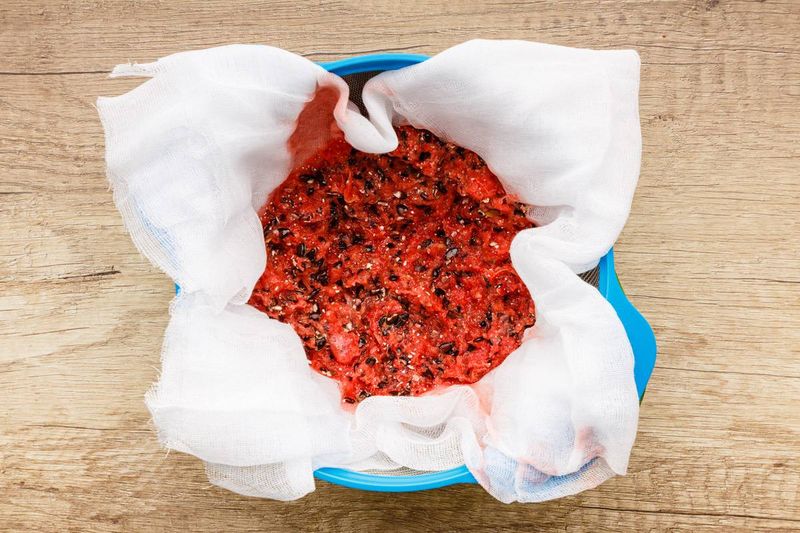
Watermelon’s refreshing taste makes it a summer staple, but its high water content dilutes jelly mixtures. This leads to a thin, watery jelly that lacks the desired firmness. Moreover, its subtle flavor often fails to stand out, resulting in a bland tasting jelly.
Although its hydrating nature is appreciated in beverages, in jelly, it simply doesn’t deliver. Opt for watermelons as a chilled snack or beverage instead, where its qualities shine without compromise.
For jelly enthusiasts, watermelon is not the ideal choice, leaving more robust fruits to carry the jelly crown.
Kiwi
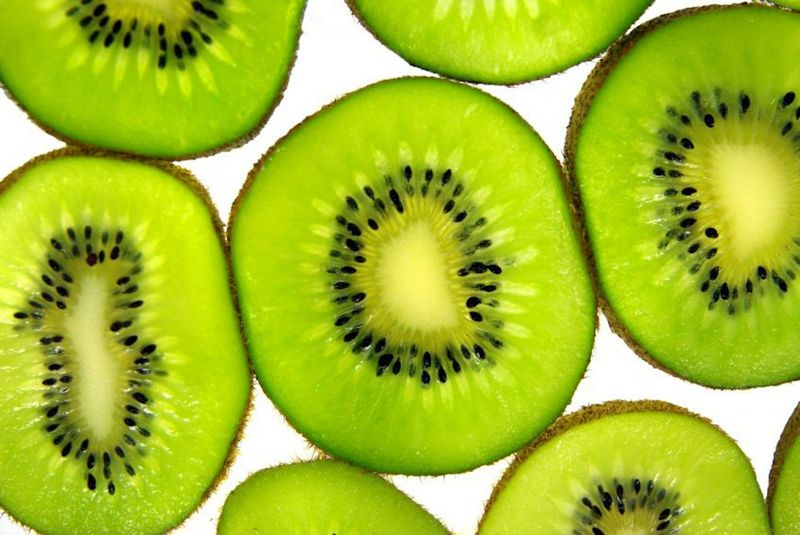
Kiwi’s vibrant green hue is eye-catching, but its enzyme, actinidin, complicates jelly setting. This enzyme breaks down proteins, preventing the jellification process from taking hold. Additionally, kiwi’s tartness can be overpowering, overshadowing other flavors in the mix.
In its natural state, kiwi adds zest to fruit salads, but in jellies, this zest turns to frustration for those seeking a stable set.
While its visual appeal is undeniable, kiwi is better suited to fresh consumption rather than the intricate world of jelly making.
Papaya
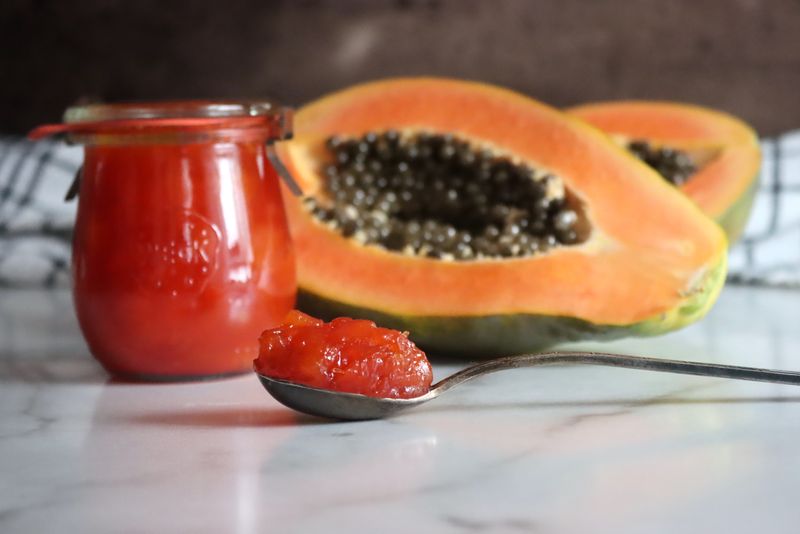
Papaya, often associated with tropical getaways, is not the best for jellies. Its low pectin content means it struggles to achieve the desired firmness. Additionally, papaya’s mellow flavor can result in a less impactful jelly.
Although perfect for a fruit salad or smoothie, its role in jelly is limited by these constraints.
The exotic allure of papaya might tempt jelly makers, yet it’s the pectin-rich fruits that truly deliver the consistency and flavor expected in a classic jelly.
Banana
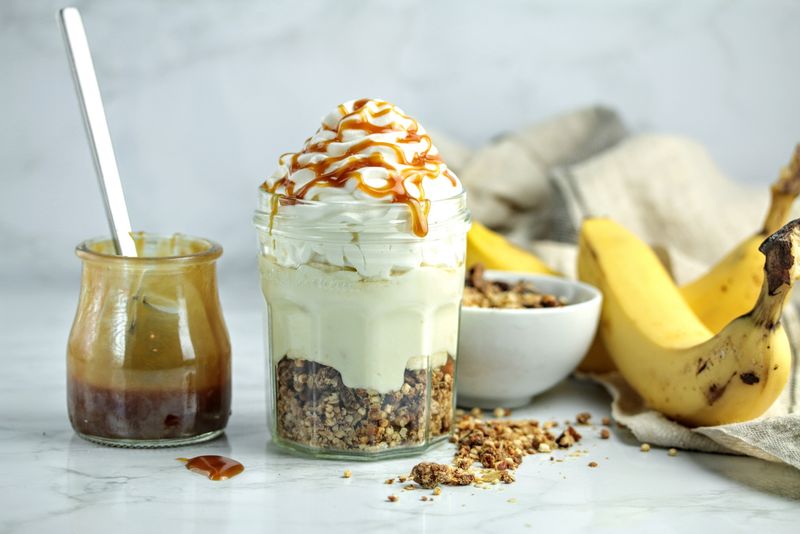
Bananas, known for their creamy texture, pose a challenge in jelly making. Their natural starchiness interferes with the smooth, gel-like consistency desired in jellies. Moreover, the banana’s strong flavor can dominate, leaving little room for other ingredients to shine.
In snacks and desserts, bananas are a hit, but in jellies, they fall short of expectations. The result is often a murky concoction lacking the clarity and set typical of a well-made jelly.
Bananas, while beloved, are best enjoyed in their natural form or baked goods, not jellies.
Cantaloupe
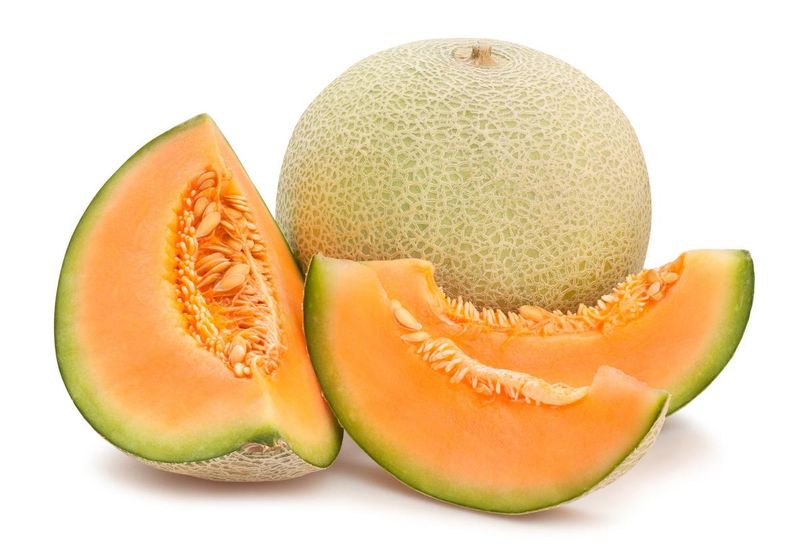
Cantaloupe, with its sweet, musky aroma, doesn’t translate well into jelly. Its high water content dilutes the mixture, preventing it from setting properly. Furthermore, cantaloupe’s flavor, while pleasant in fruit salads, lacks the intensity needed for a standout jelly.
Incorporating cantaloupe into jellies often results in a soft set and muted taste, disappointing those seeking a vibrant jelly experience.
While cantaloupe excels as a fresh treat, its transition to jelly is less than stellar, making it a fruit to skip in jelly creations.
Mango
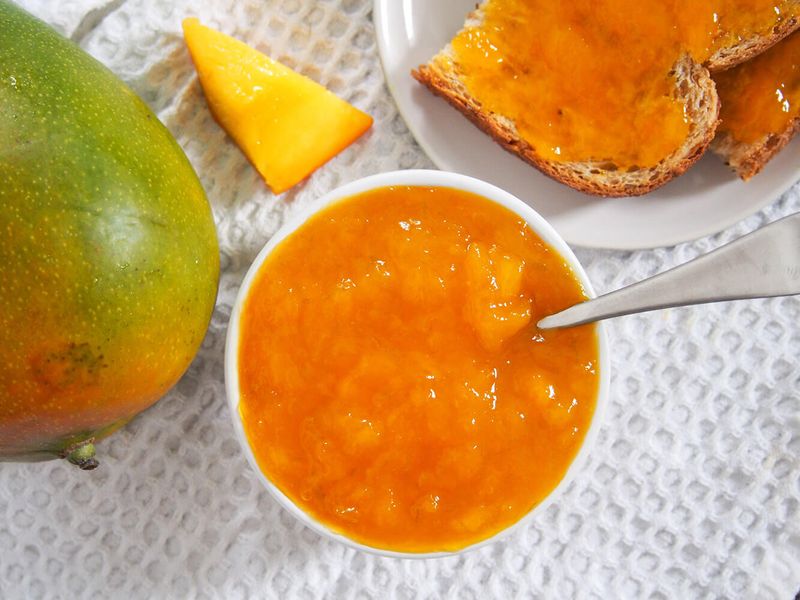
Mango’s luscious taste is a delight in many desserts, but it falls short in jelly making. The fruit’s thick, fibrous texture hinders the smooth consistency that jellies require. Additionally, mango’s low pectin levels result in a jelly that struggles to set properly.
While its tropical flavor is beloved worldwide, in jellies, it often leads to a disappointing outcome. For those craving mango’s sweetness, consider pairing it with higher-pectin fruits for a better set.
Mango shines in fresh dishes and desserts, but in jellies, it’s best avoided.
Peach
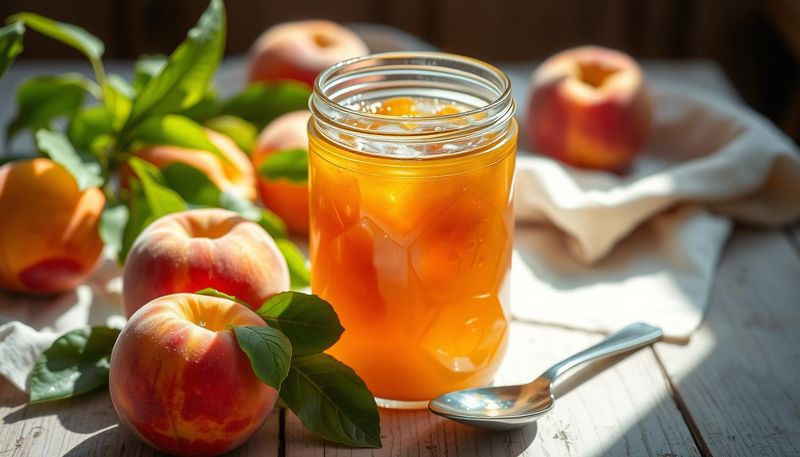
Peaches, while delectable, present a challenge in jelly making due to their low pectin levels. This results in a jelly that struggles to firm up, often remaining too soft. Moreover, peach’s subtle flavor can be overshadowed, failing to stand out in a mix.
Though excellent fresh or in pies, peaches don’t perform well in jellies, where texture and flavor intensity are crucial.
For those looking for a reliable jelly experience, peaches might be better enjoyed in other forms, leaving the jelly-making to more suitable fruits.
Strawberry
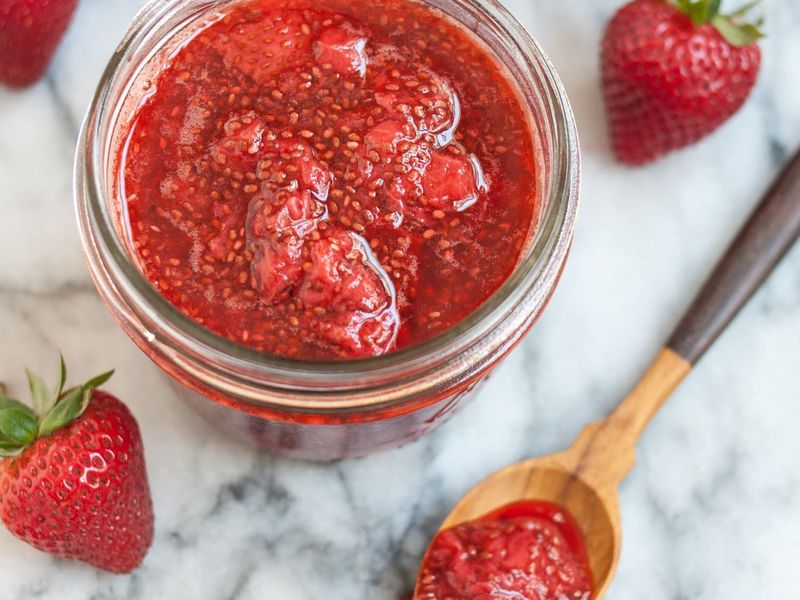
Strawberries are a favorite in many desserts, but in jelly, they require caution. Low in natural pectin, they often result in a soft set, requiring added pectin for firmness. Their delicate flavor can also be easily masked by other ingredients, leading to a less than vibrant jelly.
While strawberries are perfect for fresh consumption or toppings, their jelly form demands careful preparation to achieve the desired texture and taste.
For the true jelly connoisseur, strawberries, though tempting, need extra effort and pairing to excel.
Leave a comment